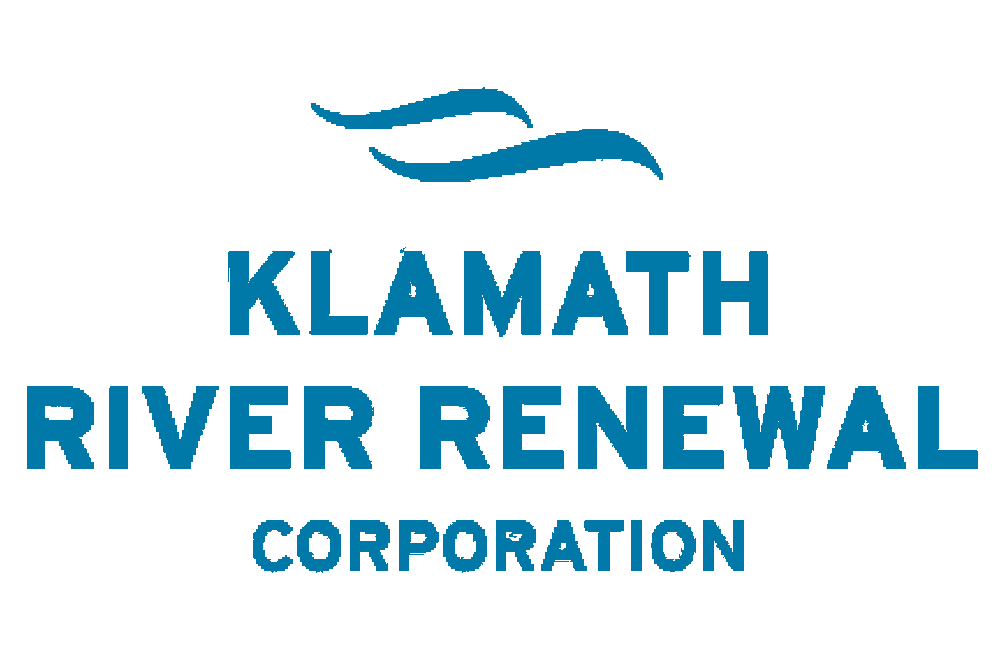FOR IMMEDIATE RELEASE
November 2, 2023
CONTACT:
Ren Brownell, KRRC
(530) 670-0016
ren@klamathrenewal.org
Work on Copco No. 2 Dam Removal Comes to a Close
Removal of the diversion dam restores flows to historic Klamath River canyon for the first time in nearly a century
Removal of the diversion dam restores flows to historic Klamath River canyon for the first time in nearly a century
Hornbrook, CA – This week, crews put the final touches on the removal of the Copco No. 2 Dam and its diversion infrastructure. Removal of the dam structure was completed in September, and crews spent the last month removing the remaining diversion infrastructure, grading the river channel, and performing erosion control. This work prepares the river canyon for consistent river flows, likely commencing within 30 days, which the canyon hasn’t seen in 98 years. Currently, flows in the canyon are fluctuating due to work being done to prepare Copco No. 1 for drawdown.
“Copco No 2 is the first dam to be removed due to its small stature, location, and lack of reservoir,” noted Mark Bransom, CEO of the Klamath River Renewal Corporation (KRRC), the entity tasked with the safe and efficient removal of the four lower Klamath hydroelectric dams. “However, while Copco No. 2 was significantly smaller than the other dams slated for removal, it still had a significant impact on the river.”
Copco No. 2 was located right below Copco No. 1 in a steep river canyon, commonly known as Ward’s Canyon, named after Kitty Ward, a Shasta Woman who lived in the valley now submerged by the reservoir created by Copco No 1. Completed in 1925, Copco No. 2 was a diversion dam that funneled the river’s flows out of the canyon and into a tunnel system that sent the water to the Copco No. 2 powerhouse located downstream, essentially dewatering the 1.7-mile-long canyon. Without the river’s presence in the canyon, trees grew in the riverbed which, when exposed to consistent river flows, would have died off creating a hazard for future recreationists. These trees were removed in September in collaboration with area tribes.
“Seeing the Klamath River flow through this canyon after being diverted for nearly a century is inspiring,” said Laura Hazlett, COO of KRRC. “It makes me excited for everything else that is to come with the removal of the other three dams.”
The remaining three dams, Copco No. 1, Iron Gate, and JC Boyle are slated for removal next year. In January KRRC will implement drawdown, the slow draining of the reservoirs, which is expected to take 3-5 months, depending on the amount of water entering the system as a result of spring runoff. Once drawdown is complete, restoration and deconstruction activities will begin in earnest. All three dams are expected to be completely removed by November 2024, while restoration activities will continue for years to come to ensure restoration success.
###
Editors Notes:
You can find the anticipated project schedule here.
Images of the Copco No. 2 before, during, and after construction can be found here. If used, please credit Shane Anderson of Swiftwater Films.
The Klamath River Renewal Corporation (KRRC) is a private, independent nonprofit 501(c)(3) organization formed in 2016 by 23 signatories of the amended Klamath Hydroelectric Settlement Agreement, or KHSA. KRRC is part of a cooperative effort to re-establish the natural vitality of the Klamath River so that it can support all communities in the Klamath Basin. Signatories, which include the States of California and Oregon, local governments, Tribal nations, dam owner PacifiCorp, irrigators, and several conservation and fishing groups, appointed KRRC to take ownership and oversee removal of four hydroelectric dams on the river.
More information about KRRC and its mission can be found at the KRRC’s website: klamathrenewal.org
